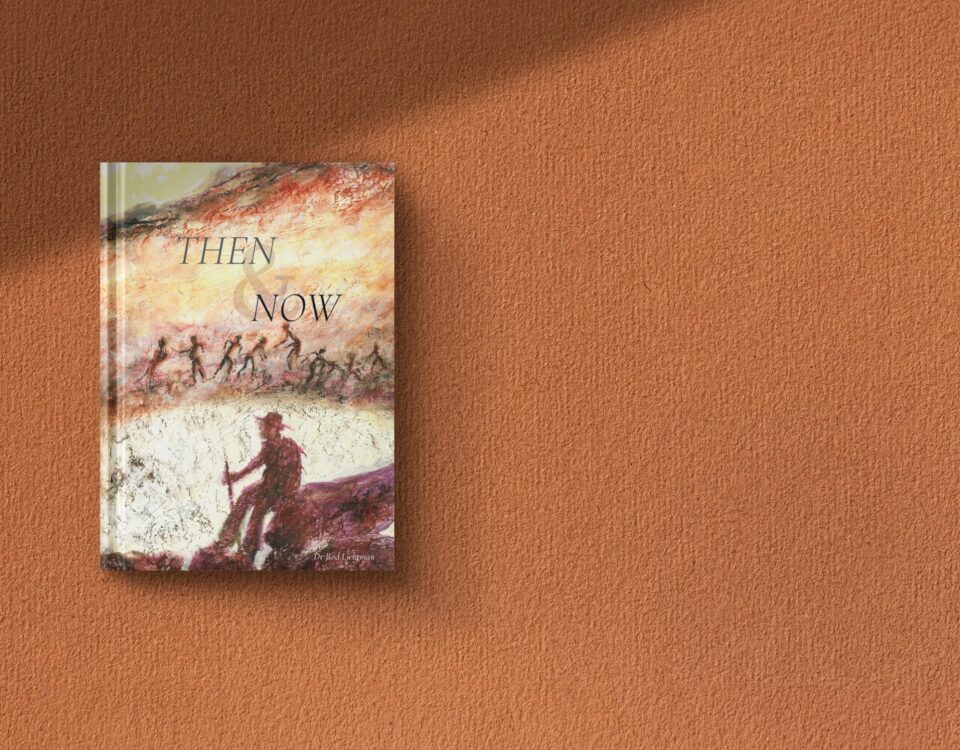Autumn weather at a glance
May 4, 2015News |TAN Welcomes New Executive Committee
May 6, 2015A TRIBUTE TO THE WISDOM & KNOWLEDGE OF THE ZAMBEZI REGION
Text Ron Swilling
It was a rainy day on the banks of the Kwando River in Eastern Caprivi when I first had the privilege of catching a glimpse of Antje Otto’s life’s work. Condensed into the information panels at the Namushasha Heritage Centre, they crystallised more than thirty years of Antje’s research into the culture of the Eastern Zambezi (former Caprivi) Region, its traditional crafts, musical instruments, history and way of life.
Over the next year the information on the panels would expand and grow into the book The People of Namibia’s Eastern Zambezi Region (Eastern Caprivi): A historical perspective as Antje dipped into her wealth of knowledge gleaned over a lifetime of dedicated study. The book was inspired and initiated by Mannfred Goldbeck of the Gondwana Collection.
It all began in the mid-70s when, as an honours graduate in Anthropology, Antje was employed as a technician in the National Museum of Namibia. This started her ‘right on the ground floor’, something Antje is grateful for, as it gave her her first taste of working with a collection – cleaning, cataloguing and even fumigating individual items. The artefacts piqued her interest and sent her scurrying to the library in search of information about their usage and how they were made. She quickly developed a love for these carefully crafted items. There were few of the older pieces left in the collection. Those collected in the late 1800s had been shipped to Germany before the establishment of the museum, and most of the items that were later housed in the Landesmuseum disappeared during WWI. Hardly anything remained from the Zambezi Region (then known as the Caprivi).
Antje’s first trip to the north in 1980 was a major undertaking. The road was long and dusty and permits were required for fieldwork undertaken beyond the Mururani Gate. The army, however, ran regular flights from Grootfontein to Katima Mulilo. Although the personnel initially refused to take Antje along, they soon capitulated. She drove the museum truck to Grootfontein, where she boarded the flight, and once in Katima, she joined two local officials from the Information Services in the field. This brought her into contact with many people who still practised the old traditions taught to them by their parents and their parents’ parents. She even met an old man whose father had been present at some of David Livingstone’s sermons. Antje found herself surrounded by a sea of knowledge where she had access to a rich oral tradition. Without paper and computers, the old people stored it all in their minds, passing it down to their descendants. Antje relates how the time spent with them was ‘a real gift’.
The area was remote. Lion spoor was still regularly seen on the roads, and the villages rarely had outside visitors. Antje remembers that once, while in a village, she felt someone playing with her hair. When she turned around, a little girl jumped up and ran away. The people laughed and said: “Ah! She has never seen a white person before.”
Her flight home was one she would never forget. The aircraft was crammed with artefacts for the museum: wooden drums, carvings, clay pots and chairs. More than that though, Antje had begun to collect an immense amount of knowledge. She returned to the north again and again, making six trips by road in the 1980s, and several more for an exhibition on the people of the Zambezi Region that has been on display at the National Museum of Namibia since 2012. She remembers these expeditions fondly, saying that she knew she would like to give something back to the people at some point in her life, so that the younger generations would be able to appreciate their parents and grandparents, and the crafts and traditions of old.
Antje also became fascinated with the plants used to make the different items. Her field notes, accumulated over the years, lay in a drawer waiting for an opportune moment to be put to good use. That moment came when she met Mannfred Goldbeck, who asked her to assemble the information for the heritage centre, which led to this useful book.
Described as an introduction to this lesser-known part of Namibia, its people, history and heritage, the book is jam-packed with interesting information on topics as diverse as history, clay pots, musical instruments, social structure, clothing, traditional healers – and a list of plants used in the area, all meticulously recorded by Antje. An additional chapter on baobabs was written by Heike Pander. TNN
Antje says modestly that The People of Namibia’s Eastern Zambezi Region: A historical perspective is “a tribute to the wisdom and knowledge of generations gone by” who faithfully pass this rich heritage on to successive generations.
This article was first published in the Autumn 2015 issue of Travel News Namibia.



